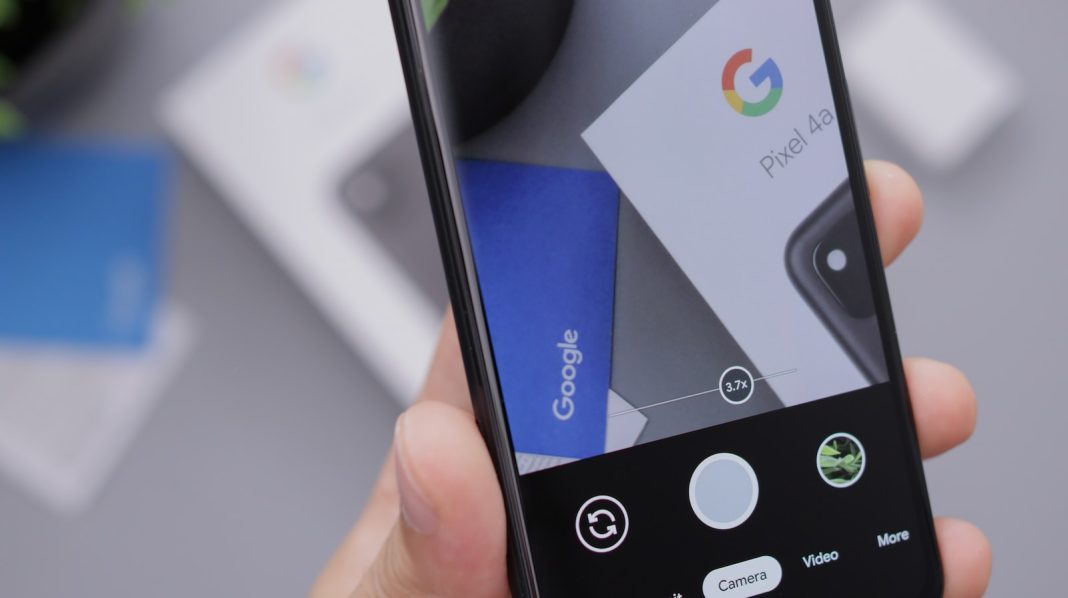In the ever-evolving landscape of digital data management, cloud storage has become a cornerstone for individuals seeking seamless access and secure storage of their multimedia treasures. Gone are the days of cumbersome file transfers between devices, replaced by the convenience of cloud platforms. However, a recent Reddit post shed light on the enigmatic process of transferring media from Google Photos to a computer, sparking a discussion on the intricacies of cloud-based data accessibility.
The Reddit user, known as Spax123, shared a heartfelt dilemma on the Google Pixel subreddit. Attempting to transfer a substantial media library, belonging to a late loved one, from Google Photos on a Pixel device to a PC turned into an unexpected puzzle. Despite the intuitive expectation of a seamless transfer, only a portion of the media, spanning the last six months, made its way to the computer. A perplexed Spax123 discovered that approximately four and a half years’ worth of images appeared to be confined to the Pixel, eluding detection even within the Google Drive account.
A twist in the tale emerged when a fellow Redditor, going by the name degggendorf, offered a key insight into the conundrum. It was unveiled that a significant portion of the media library was securely stored in the cloud. The Google Photos interface on the Pixel showcased only a recent snapshot of images saved locally, leaving the rest accessible exclusively as cloud-based previews. The lack of clarity in Google’s user interface led to understandable confusion, as users naturally assumed that all their photos were consolidated in a singular location.
Despite the initial perplexity, a solution emerged: accessing the Google Photos web app. This web-based platform allows users to transcend the limitations of device-specific transfers and gain a comprehensive view of their entire Google Photos library. From here, users can select and download any or all images to an alternative location, such as a computer, unraveling the mystery of the seemingly elusive media.
For those with a selective preference for specific images, the on-device download option provides a straightforward solution. Users can cherry-pick desired images, initiate the download process by tapping the three dots in the More menu, and choose the ‘Download’ option. This action retrieves the chosen image from the cloud, making it accessible on the device and facilitating subsequent transfers when connected to a computer.
The underlying message from this Reddit saga is clear: while cloud storage has revolutionized data accessibility, the user experience could benefit from enhanced transparency. As the reliance on cloud-based solutions continues to grow, service providers like Google must prioritize user education and interface clarity to ensure a seamless and frustration-free experience for individuals navigating the intricate web of digital data management.
In the dynamic realm of technological advancements, understanding the nuances of cloud storage becomes paramount. The Google Photos incident serves as a testament to the importance of demystifying the intricacies of cloud-based data storage and retrieval, empowering users to make the most of these innovative solutions without unnecessary confusion or uncertainty.


